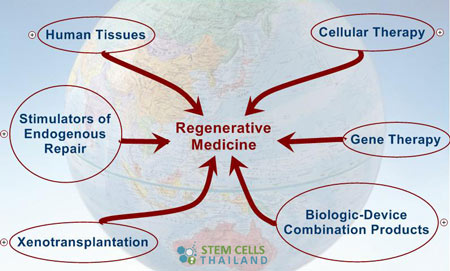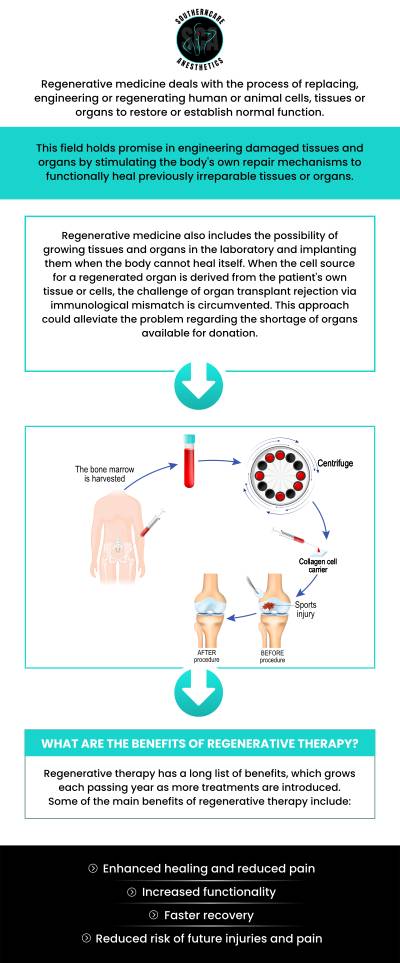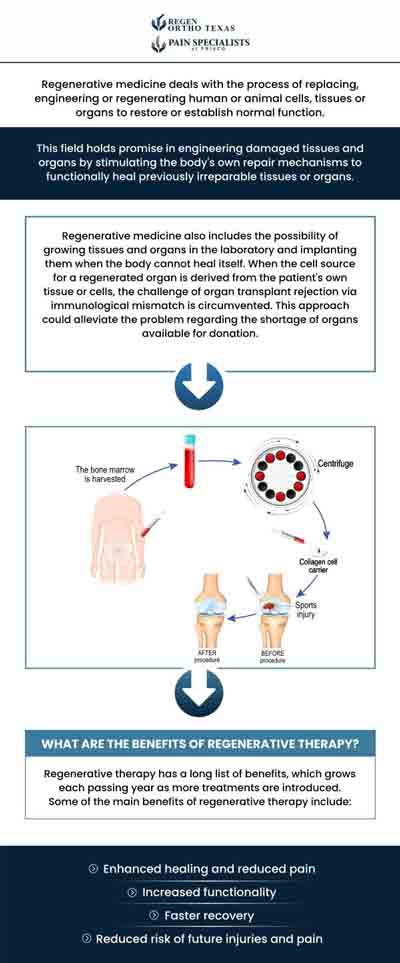Table of Contents

[/image][=video]
[/video]
There are numerous kinds of stem cells. In general, the term stem cell describes a category of cells that generate various other cells (like skin, blood, heart, and muscle mass cells) by duplicating and differentiating in feedback to chemical signs. Totipotent stem cells appear at the earliest stage of development and are the only stem cells which can produce beginning stem cells and the placenta.
Bone marrow transplant (BMT) is an unique treatment for patients with particular cancers or various other illness. A bone marrow transplant involves taking cells that are usually found in the bone marrow (stem cells), filtering system those cells, and providing back either to the donor (client) or to one more individual. The objective of BMT is to transfuse healthy bone marrow cells into an individual after his or her own harmful bone marrow has actually been treated to eliminate the unusual cells.
The blood cells that make other blood cells are called stem cells. The most primitive of the stem cells is called the pluripotent stem cell.
It is the stem cells that are needed in bone marrow transplant. The objective of a bone marrow transplant is to cure lots of illness and sorts of cancer. When the doses of chemotherapy or radiation required to cure a cancer cells are so high that an individual's bone marrow stem cells will certainly be permanently harmed or damaged by the treatment, a bone marrow transplant may be required.
Hormone Therapy local to Lansing
This procedure is typically called rescue. Replace bone marrow with genetically healthy functioning bone marrow to avoid more damage from a hereditary illness process (such as Hurler's disorder and adrenoleukodystrophy). The threats and advantages have to be weighed in a comprehensive conversation with your medical care company and professionals in bone marrow transplants prior to the treatment.
There are different kinds of bone marrow transplants depending on that the benefactor is. The various sorts of BMT consist of the following: The benefactor is the individual himself or herself. Stem cells are drawn from the patient either by bone marrow harvest or apheresis (a procedure of accumulating peripheral blood stem cells), frozen, and afterwards returned to the patient after intensive treatment.
The contributor shares the exact same hereditary kind as the individual. Stem cells are taken either by bone marrow harvest or apheresis from a genetically matched contributor, typically a brother or sis. Other donors for allogeneic bone marrow transplants may consist of the following: A haploid-identical suit is when the contributor is a parent and the genetic suit goes to least half identical to the recipient.

Matching involves typing human leukocyte antigen (HLA) cells. The antigens on the surface of these special leukocyte establish the hereditary makeup of a person's immune system. There are at the very least 100 HLA antigens; nonetheless, it is believed that there are a few major antigens that determine whether a benefactor and recipient match.
Medical research is still examining the duty all antigens play in the procedure of a bone marrow transplant. The even more antigens that match, the far better the engraftment of donated marrow. Engraftment of the stem cells takes place when the donated cells make their way to the marrow and start making new members cells.
Perimenopause Treatment in Lansing
All individuals work with each other to give the finest opportunity for an effective transplant. The team consists of the following: Health care carriers who specialize in oncology, hematology, immunology, and bone marrow hair transplant.
Professionals that will certainly assist you fulfill your dietary needs prior to and after the transplant. They will certainly work closely with you and your family. Experts who will aid you come to be strong and independent with motion and endurance after the transplantation. Pastors that offer spiritual care and support. Numerous various other team participants will examine you before hair transplant and will give follow-up care as needed.

A complete case history and physical examination are performed, including multiple examinations to examine the patient's blood and organ features (as an example, heart, kidney, liver, and lungs). A client will commonly enter the transplant facility up to 10 days before transplant for hydration, evaluation, placement of the main venous line, and other prep work.
For an allogeneic transplant, an appropriate (tissue entered and matched) donor needs to be offered. Volunteer marrow benefactors are registered in numerous nationwide and international computer system registries.
Donor resources readily available consist of: self, sibling, parent or loved one, nonrelated individual, or umbilical cord from an associated or nonrelated individual. There are nationwide and international pc registries for nonrelated individuals and cable blood. Some member of the family may be typed as a result of the need to assist. These family members may or may not elect to have their type signed up for usage with various other receivers.
Menopause Therapy around Lansing
Tests associated with his/her health and wellness, direct exposure to viruses, and hereditary analysis will be done to establish the level of the match. The contributor will certainly be given directions on exactly how a bone marrow donation will be made. Once a match for a patient needing a bone marrow transplant is located, after that stem cells will certainly be accumulated either by a bone marrow harvest.
Or by a peripheral blood stem cell collection. This is where stem cells are collected from the distributing cells in the blood.
Navigation
Latest Posts
Menopause Therapy local to Lansing, Michigan
Menopause Treatment
Medical Group around Lansing, Michigan